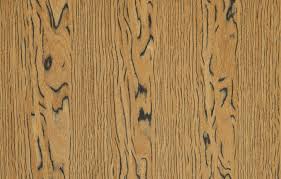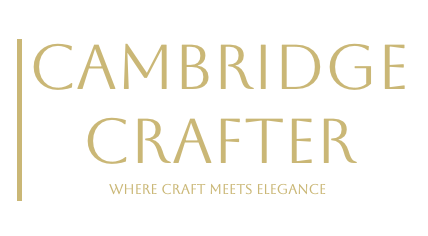
Spalted Tiger Oak
Spalted Tiger Oak refers to wood from an oak species, typically English Oak (Quercus robur) in the UK context, that has undergone spalting and exhibits a “tiger” figuring. English Oak is a deciduous hardwood native to the UK and much of Europe, growing to 50–100 feet tall with trunk diameters of 3–5 feet, often found in mixed woodlands or as a landscape tree. The term “tiger oak” refers to the pronounced ray flecks seen in quartersawn oak, resembling tiger stripes, while “spalted” indicates fungal activity that adds unique patterns.
The heartwood of English Oak is a light to medium golden-brown, often with a pale yellowish hue when fresh, but spalting introduces dramatic changes: dark zone lines in black, brown, or reddish hues mark fungal boundaries, while white rot fungi create bleached, almost white patches. The tiger figuring—wide, silvery medullary rays—remains visible, creating a striking contrast with the spalted patterns, resulting in a marbled effect with golden-brown, black, and white streaks. The sapwood is pale cream, distinctly separate. The grain is straight to slightly wavy, with a coarse, ring-porous texture, and a moderate natural lustre that highlights the spalting and tiger figuring when polished.
Spalted Tiger Oak has a density of around 650–750 kg/m³, typical of English Oak, making it hard and strong, but the spalting process can soften areas, introducing punky or brittle spots that reduce overall durability. It’s rated as moderately durable in its unspalted state due to high tannin content, but spalting makes it more susceptible to decay and insects, so it’s best for indoor use unless stabilised with resin. The coarse grain and spalting can cause tearout during planing, requiring sharp tools, but it glues and finishes well, with clear finishes like oil or lacquer enhancing the contrast between the tiger stripes and spalted patterns.
When worked, Spalted Tiger Oak has a mild, oaky aroma with a faint earthy note from the fungal activity. In the UK, it’s prized for decorative applications like furniture, veneer, and live-edge slabs, where its unique combination of tiger figuring and spalting can be showcased—think statement pieces like coffee tables or wall panels. It’s also used for turned objects like bowls or inlays, often in bespoke craftsmanship, where the natural patterns add a one-of-a-kind aesthetic.
Spalted Tiger Oak is rarer than standard oak due to the specific conditions needed for both tiger figuring (quartersawn cuts) and spalting (controlled fungal decay), making it more expensive. While English Oak is abundant in the UK, challenges like oak processionary moth and acute oak decline can affect supply, and spalted pieces require careful monitoring to balance fungal activity without excessive rot. Its dramatic appearance and historical resonance in British woodworking make it a premium choice for artistic and high-end projects.
